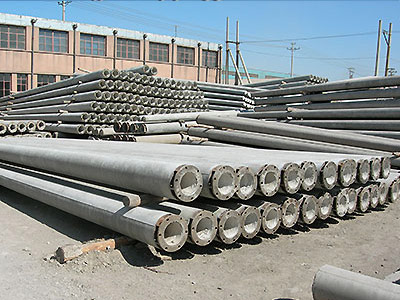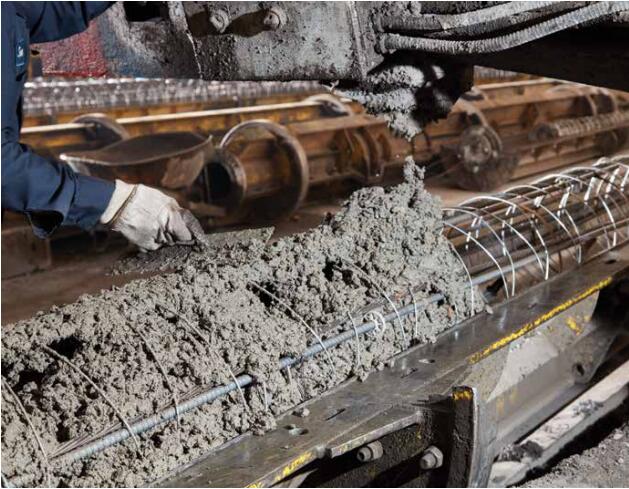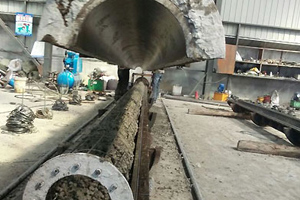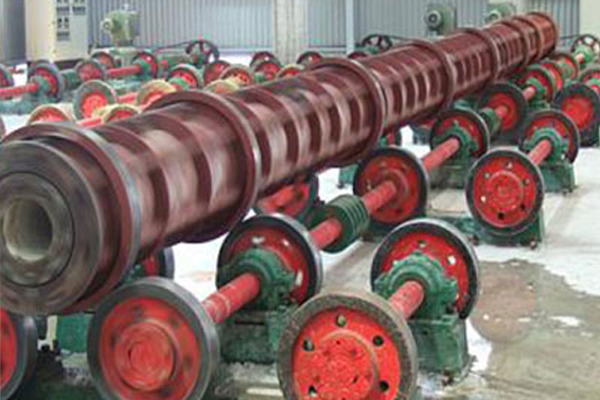The centrifuge is in the implementation international JC/T882 1,996 foundations, especially for the production annular reinforced concrete telephone pole, distribution, and drainage pipe manufactures. Its principle is in makes the centrifugal force using the object which the circular motion produces, causes the concrete to carry on the synthesis dense processing, enables in the unit concrete mixture through the centrifuge high speed rotation to obtain the quite big dense energy, can enable the concrete compactness in a shorter time to meet the anticipated requirements.







Fencing is a popular sport that can be enjoyed by both adults and children. However, it is important to be aware of the safety equipment that is available to help you fence safely. Here are some tips on how to use fencing equipment safely.
There are many different types of fencing available for use in the home or business, each with its own set of benefits and drawbacks. This article will discuss the different types of fencing available and their safety precautions.
Chain-Link Fencing: Chain-link fencing is a relatively inexpensive type of fencing that is often used around outdoor areas and along property lines. The chain links are closely spaced and offer little protection against animals or trespassers, so it is not recommended for use in sensitive areas such as gardens or near water sources. Chain-link fencing can be easily destroyed by sledgehammers or other heavy tools, so it is important to secure it tightly to the ground and use high-quality locks to prevent vandalism.
Tapered Fencing: Tapedeck fencing is a popular type of fencing used for both residential and commercial applications. The fence is made up of narrow boards that are spaced closely together, making it difficult for animals or people to navigate. The fence is also relatively easy to install, making it a good option for walls that don't have enough room to accommodate a traditional fence. However, tapedeck fencing isn't as strong as chain-link fencing and can be damaged by sledge
Fencing equipment is a necessary part of any fencing system. The different types of fencing equipment can be broken down into three main categories: posts, wire, and linear fabric. Posts are the most basic type of fencing, made up of a sturdy wooden post with a metal or plastic cap. Wire is a more advanced type of fencing, consisting of a strong mesh-like material stretched between two posts. Linear fabric is the most popular type of fencing, consisting of a long piece of woven fabric that is attached to one post and wrapped around the other post.
Each type of fencing has its own set of safety precautions that should be followed when using it. For example, posts should always be at least two feet from any property line, and wire should never be placed closer than six feet from any property line. Additionally, all fencing should be inspected regularly for damage and repaired as needed.
-Always use a fencing wire that is at least twice as thick as the fencing you are using.
-Always use a fencing post that is at least three times as thick as the fencing you are using.
-Always use a properly fitting and secured fence.
-Never cut or damage fences.
-Always be aware of your surroundings when fencing; watch for people, animals, and objects that may be in your path.
There are a few things you should always keep in mind when fencing, as safety is always the top priority. Always wear protective gear, including glasses and a face mask, when fencing to avoid cuts and other injuries. Be aware of your surroundings and stay alert for anyone who might be lurking in the area. Finally, make sure to fence with proper technique so that you don't injure yourself or any other person in the vicinity.
fencing equipment safety fencing